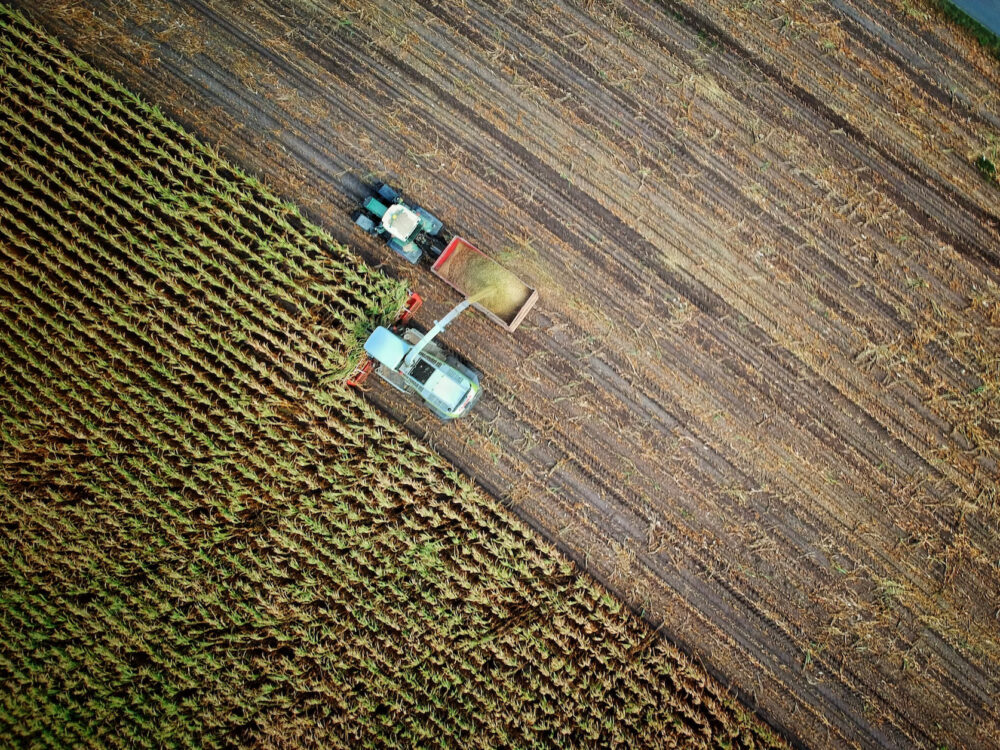AI tools for agriculture are one of the most efficient and important approaches around the world. It helps in supplying the bulk of the food we eat. Digital technologies are transforming all other industries, and agriculture is no exception. Like all other industries, agriculture has a variety of challenges, including the need for more labour and climate change. By implementing digital technology, such as AI tools, the agriculture sector could be able to overcome these obstacles. This in turn, would deliver productivity, flexibility, and sustainability.
Top 5 AI tools for agriculture
Here are the top five AI tools for agriculture that can enhance agricultural production and ensure future success.
- Drones spraying pesticides
It is common practice to spray pesticides on crops to preserve the produce from diseases and pests. Drones that are automated can perform this task more efficiently and precisely. Drones equipped with sprayers and cameras with computer vision capabilities may identify locations that require pesticide treatment and use the appropriate amounts of spraying.
- Irrigation Management
Agriculture can benefit significantly from AI-powered irrigation management by increasing crop productivity, reducing waste, and improving water usage efficiency. It is vital to consider that AI tools must be combined with other techniques. This would offer the most accurate information and make the best choices for irrigation management.
- Weather Forecasting
Weather forecasting is an important AI tool for agriculture. It enables producers to plan for changing weather patterns and to make decisions that will conserve crops and maximise yields. Furthermore, it can boost food security, reduce wastage, and raise crop yields, which is beneficial to both farmers and consumers.
- Livestock health monitoring
The use of AI in agriculture for monitoring livestock health is a fast-expanding area. It offers significant advantages in terms of improved effectiveness, accuracy, and decision-making. Ai tools can be used to create predictive models, monitor behaviour, analyse images, sustain electronic health records, and automate decision-making. This assists farmers in bettering the health and welfare of their animals.
- Automatic weeding
Artificial intelligence tools find use in automatic weeding to identify and eradicate weeds from agricultural fields. This tool aims to improve the effectiveness and precision of weed removal. This will ultimately result in better crop yields and reduced prices for farmers.
Conclusion
These are some of the best AI tools for agriculture that may assist producers in enhancing their operations, boosting productivity and efficiency, and adapting to changing environmental factors. Using AI tools, farmers can make data-driven decisions. In addition, this will increase yields and revenues while maintaining the long-term viability of their operations.
Check out more AI tools.
Elevate Guest Experience with RoomGenie
Invest your money effortlessly 🚀 Try the NewsGenie tool!
